San Pedro Cristata (Echinopsis/Trichocereus Pachanoi Cristata) is a unique form of San Pedro cactus, characterized by its unusual shape. This variant has twisted or wavy stems, which gives it an unusual, decorative appearance. Cristata is an extremely rare mutation of San Pedro found in nature. Unlike the typical San Pedro, which has a straight, cylindrical form, Cristata develops in flatter and wavy structures. It usually has a bright green color, but can take on different shades depending on growth conditions and the amount of light. Like the classic San Pedro, Cristata is originally native to the Andean areas of Peru, Bolivia and Ecuador. It grows at altitudes of 2,000 to 3,000 meters. It is a hardy species, but somewhat more fragile due to its distinctive form.
It is known for its psychoactive properties, which are due to the presence of mescaline, a potent alkaloid with hallucinogenic properties.
Mescaline is a psychedelic substance that induces powerful experiences of altered consciousness. These experiences can include profound visions, intense emotional experiences, and a sense of oneness with the surrounding world.
Among local communities, San Pedro is held in high esteem. It has been revered by indigenous South Americans for millennia and used in shamanic ceremonies as a means of communicating with deities and ancestral spirits, for diagnosing illnesses, and as a tool for introspection and self-discovery.
San Pedro Cristata contains mescaline, which is a chemical compound with hallucinogenic effects. Chemically, mescaline is a 3,4,5-trimethoxyphenylethanolamine. It resembles serotonin and other tryptamine substances in structure, suggesting that it acts on serotonin receptors in the brain, particularly 5-HT2A receptors. Mescaline induces changes in perception, thinking and mood, leading to intense visionary experiences, altered states of consciousness and can induce mystical experiences.
The effects of mescaline can be varied and largely depend on the dose, individual predisposition and the environment in which it is taken. The duration of action is usually 8 to 12 hours. The most commonly observed effects are:
Intense visual experiences, often described as colorful, dynamic patterns and outlines.
Increased perception of sounds, tastes and smells.
- Change in perception of time
Distortion in the perception of time, which can manifest as slowing down or speeding up.
Experiencing deep reflection, pondering one's life and being open to spiritual experiences.
The ability to feel a variety of emotions, both positive and negative, which can lead to euphoria or depression.
Mescaline, like any psychoactive substance, carries certain risks. Negative reactions are possible, such as:
In some cases, individuals may experience severe anxiety or panic while experiencing intense visions.
In very rare cases, psychotic episodes may occur, especially in people with a predisposition to mental disorders.
This is a common side effect of taking mescaline, especially when taken in the form of raw cactus.
Mescaline can cause intense experiences, so it is not recommended for people with mental problems, or in combination with other psychoactive substances, alcohol or drugs.
San Pedro Cristata feels best in warm, sunny climates, so choosing the right place to grow it is crucial. This cactus prefers sunny sites with at least six hours of sunlight per day. San Pedro is a thermophilic plant that grows best in temperatures between 20 and 30°C, although it can tolerate cooler environments as long as the temperature does not drop below 12°C. In winter, it is advisable to avoid frosts, as low temperatures can damage the cactus.
The substrate in which San Pedro grows should be well-drained. The best is a mix of cactus soil with the addition of sand or perlite, which will help drain excess water. It is important to avoid overwatering - the cactus does not tolerate flooding, which can lead to root rot. Optimally, watering should be done every two weeks during the growing season, and in winter, when the cactus goes into dormancy, this frequency should be significantly reduced. Always allow the substrate to dry thoroughly before the next watering. From mid-October to mid-March it is advisable to stop watering the cactus.
San Pedro can be propagated both from seed and from cuttings. Cuttings are best taken from adult plants by cutting them lengthwise. The wounds on the cuttings should dry for a few days before planting them in the ground. Sowing seeds requires a little more attention, as they need stable temperature and humidity conditions to germinate. After planting the seeds, the container should be covered with foil or glass to keep it moist, and then placed in a warm place with moderate light.
These cacti are relatively resistant to pests and diseases, but it is a good idea to monitor them for aphids, spider mites or fungus, which can occur in overly moist conditions. To prevent fungal diseases, it's a good idea to use fungicides, and in case of pests - insecticides. However, it is usually enough to use natural methods of protection, such as the introduction of predatory insects to help control pests.
San Pedro is not only a beautiful plant, but also a symbol of spirituality in many Andean traditions. Growing this cactus can be a form of meditation and self-knowledge for many people. It is worth remembering that San Pedro contains psychoactive substances, so its use in a ceremonial context should be done with extreme caution and respect. If you plan to use it for such purposes, it is advisable to become knowledgeable about the traditions and practices associated with its use and to make sure it complies with local regulations.
Nature Adventure is a company registered with Kamer van Koophandel in the Netherlands. All products we sell are subject to the Commodities Act and supervision by the Dutch Food and Consumer Product Safety Authority (NVWA).
The legal status of mescaline cacti varies from country to country and region to region. In the Netherlands, all the products we offer are legal. Due to different regulations in European Union countries and for logistical reasons, shipping of mescaline cacti is currently only available to customers located in the Netherlands.
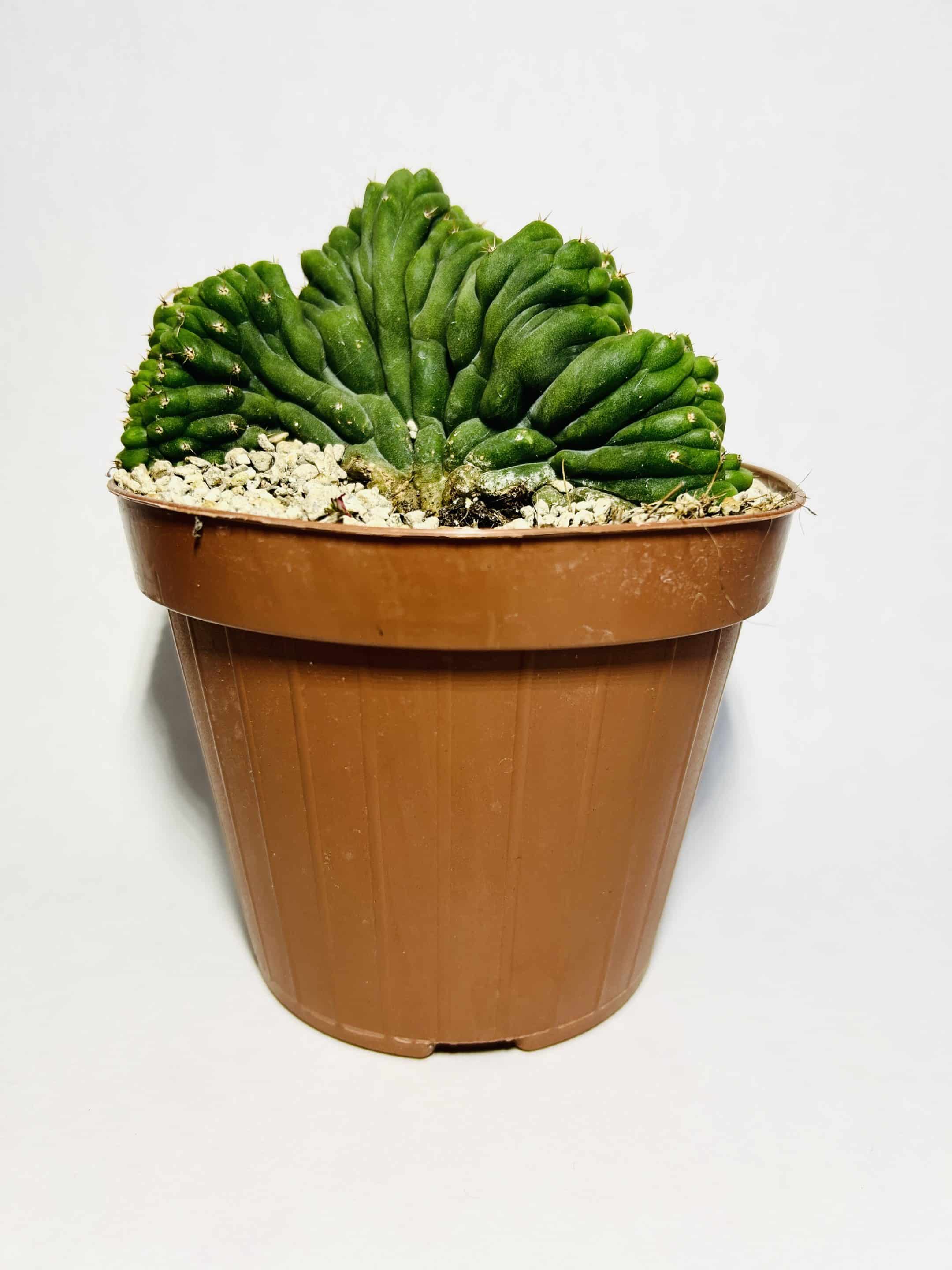
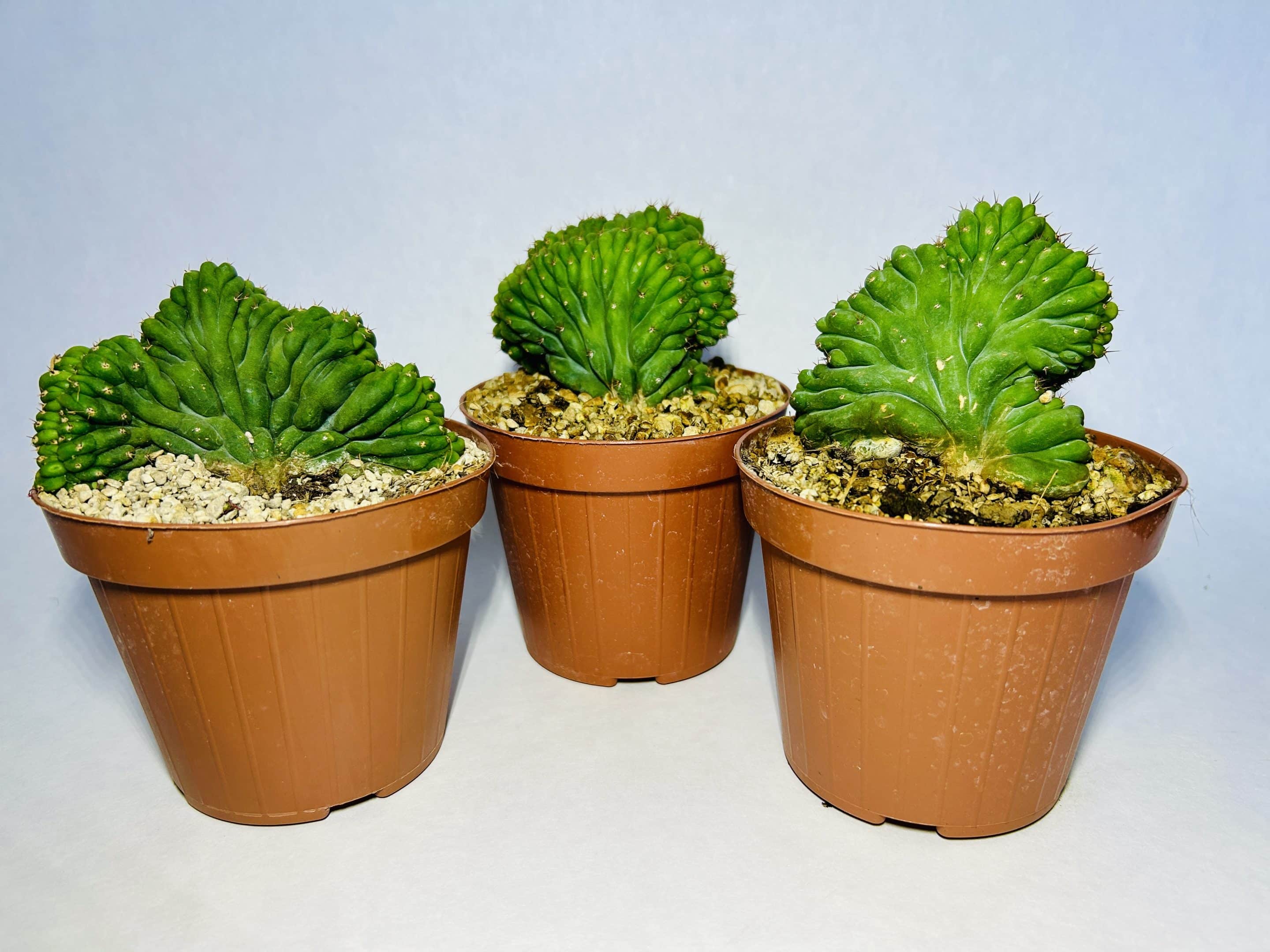
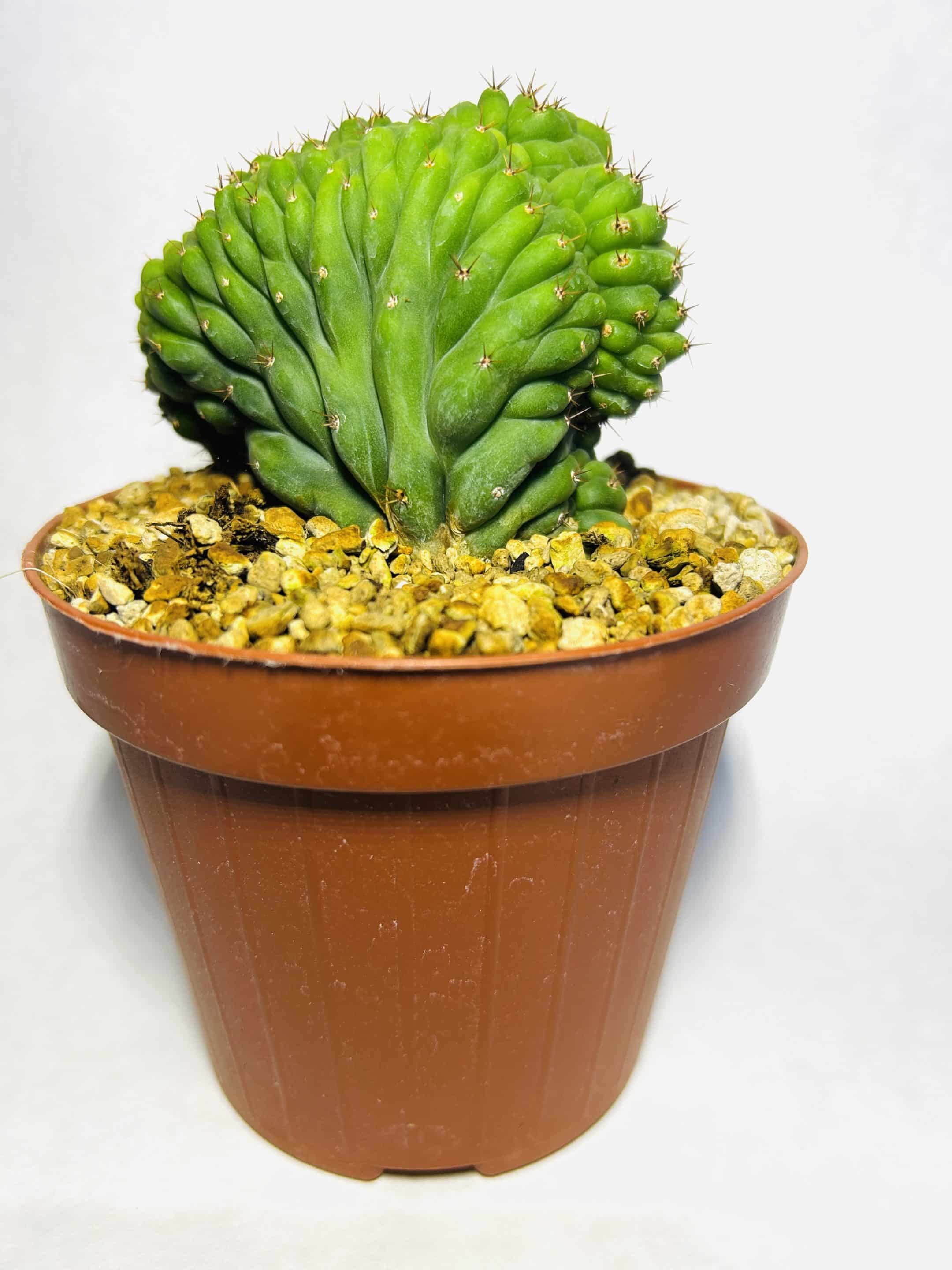
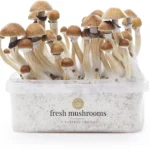

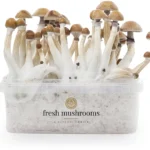
Reviews
There are no reviews yet.